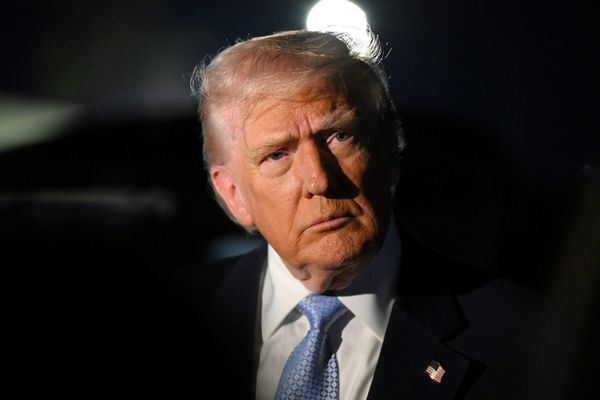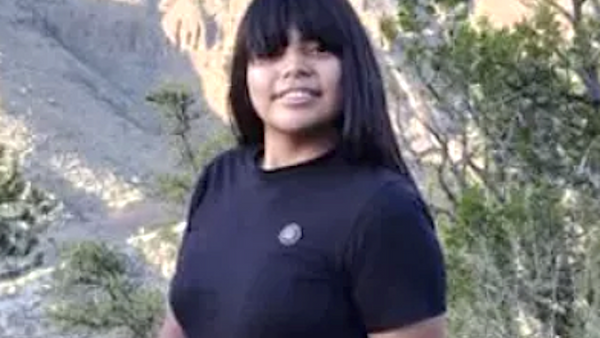
The collision of a Russian fighter jet with a US MQ-9 Reaper drone over the Black Sea has raised fears of an escalation in the Ukraine conflict. Close encounters between western and Russian aircraft are not unusual, but the incident on Tuesday raises the stakes because it led to US officials having to crash land the drone into the sea.
The use of drones, or unmanned aerial vehicles (UAV), in and around war zones has been going on for decades. This is what we know about the MQ-9 Reaper and how it is traditionally deployed:
What is the MQ-9 Reaper?
The MQ-9 Reaper is a large unmanned aircraft manufactured by military contractor, General Atomics. It is remotely operated by a two-person team, consisting of a pilot and an aircrew member who operates sensors and guides weapons.
The aircraft is 11 metres long with a wingspan of over 22 metres. The US air force says its primary use is as “an intelligence-collection asset”, while also highlighting its “unique capability to perform” precision strikes against “high-value and time-sensitive targets”. Reapers can carry as many as 16 Hellfire missiles, equivalent to the payload capacity of an Apache helicopter.
Reapers, like other UAVs, are able to fly at an altitude of 50,000 ft (15 km) and can loiter over targets for about 24 hours, making them useful for surveillance missions. Crucially, all of this occurs with a flight crew that remains based in the United States, away from danger.
Over the 2018 calendar year, MQ-9 Reapers flew a total of 325,000 hours for the US air force, 91% of which was in support of combat operations.
How common are unmanned aircraft?
UAVs have been in regular use since 1995, when the Reaper’s predecessor, the Predator, was deployed in support of Nato airstrikes in Serbia. The Predator gained notoriety during the Iraq and Afghanistan wars, where it gained a reputation for inflicting a high number of civilian casualties in so-called “precision strikes.”
The Predator was retired in 2017, when the Reaper became the US air forces primary unmanned aircraft.
The use of UAVs is now so widespread that by 2017, the US air force had more jobs for drone operators than any other type of pilot. At that time there were 1,000 drone pilots as compared to 889 airmen piloting the C-17 transport and 803 flying F-16s.
How are unmanned aircraft used?
Reaper drones deployed by the US to the Black Sea region are used only for surveillance. However, last year US media reported that the US air force was considering selling older Reaper drones to Ukraine. Concerns over the transfer of sensitive technology, and the danger that some would be shot down, led to a freeze in those conversations.
The use of UAVs outside war zones – which accelerated under former US president Barack Obama – has been controversial. According to the Bureau of Investigative Journalism (BIJ), there were a total of 563 strikes, largely by drones, in Pakistan, Somalia and Yemen during Obama’s two terms, compared with 57 strikes under George W Bush. The BIJ estimated between 384 and 807 civilians were killed.
In 2019, then-US president Donald Trump revoked an Obama-era policy that required US intelligence to publish the number of drone strikes outside war zones, but the use of unmanned aircraft accelerated even further during his presidency. Research by BIJ found there were 2,243 drone strikes in the first two years of the Trump administration, compared to 1,878 over the eight years of Obama’s presidency.
Which countries use Reaper drones?
The US is by far the largest purchaser of Reaper drones. According to the US Congressional Research Service, the air force has contracted 366 Reapers since 2007, at an average cost of $28m.
The UK has also deployed the Reaper, and its predecessor the Predator, in support of its operations for a number of years. The RAF currently has nine active Reapers, with a number more on order.
Like the US, the UK has accelerated its use of Reaper drones over the last decade. In four years of war against Islamic State in Iraq and Syria from 2014-2018, the UK deployed Reaper drones on more than 2,400 missions – almost two a day.
France, Italy, Spain, India, Japan and the Netherlands all also operate Reaper drones.
Many other countries have deployed UAVs of different designs. Pakistan and Turkey have developed their own programmes, with Turkey using drones heavily against Kurdish groups in its own country and northern Iraq.
China has begun supplying a range of countries with its own drones, including the UAE, Egypt, Nigeria, Saudi Arabia and Iraq, although not every country has been able to deploy what it has bought.







